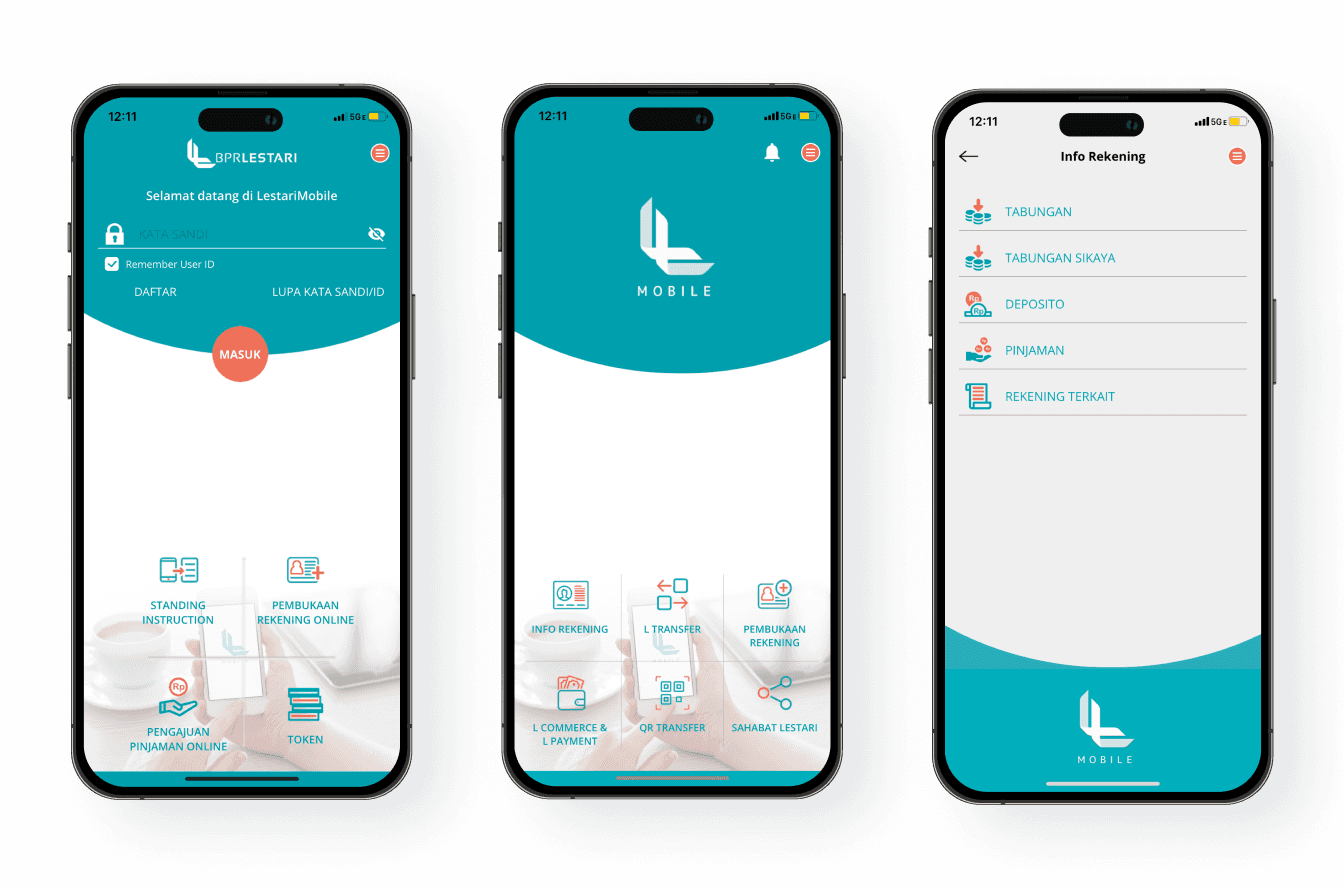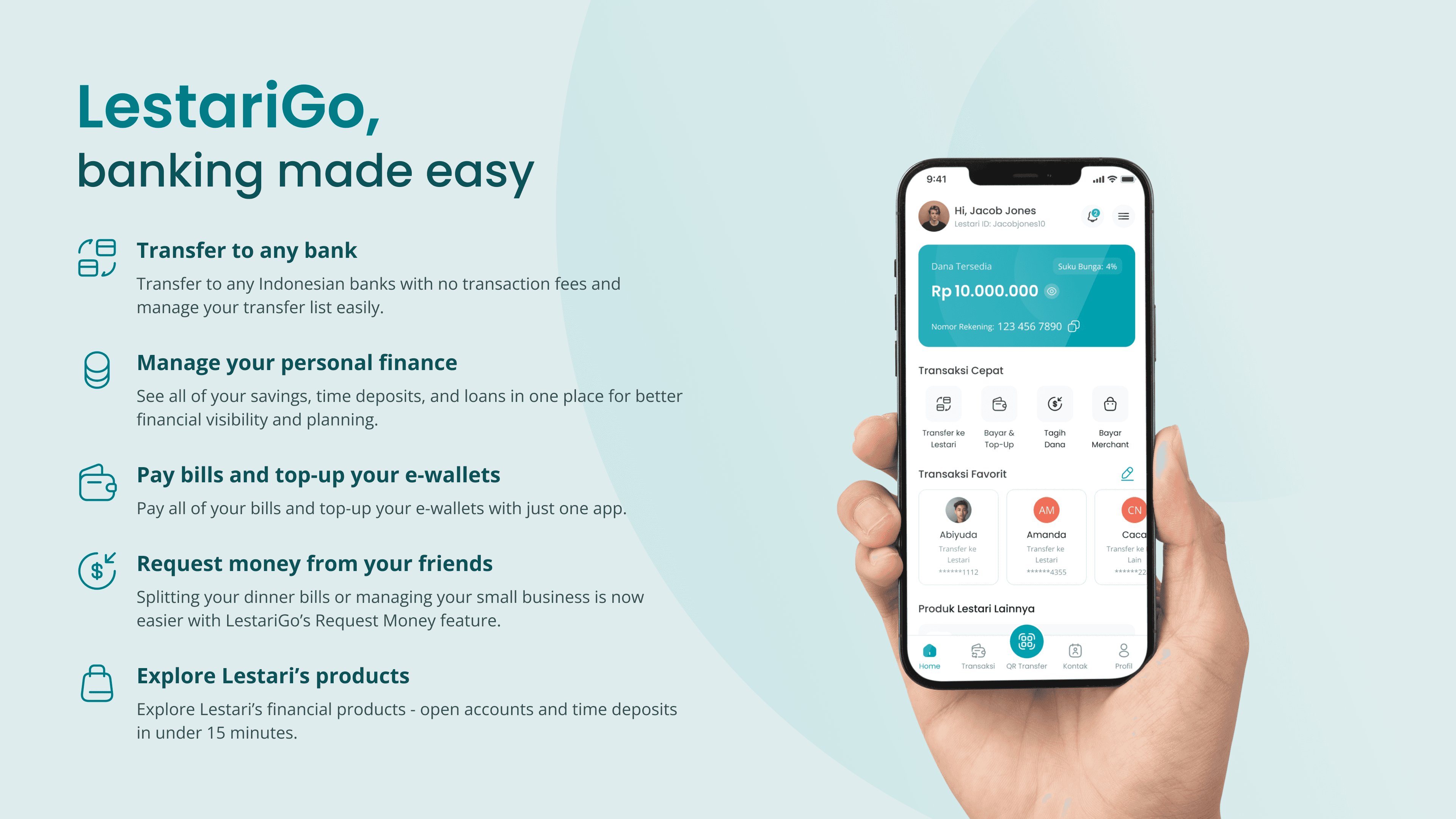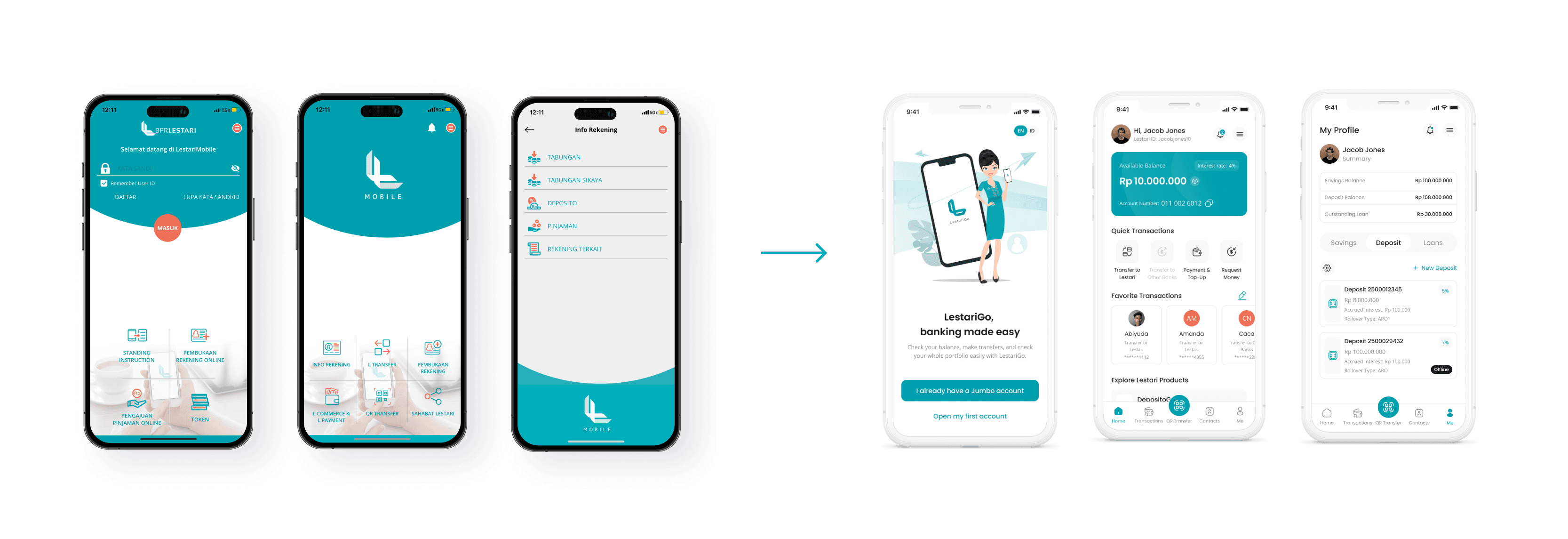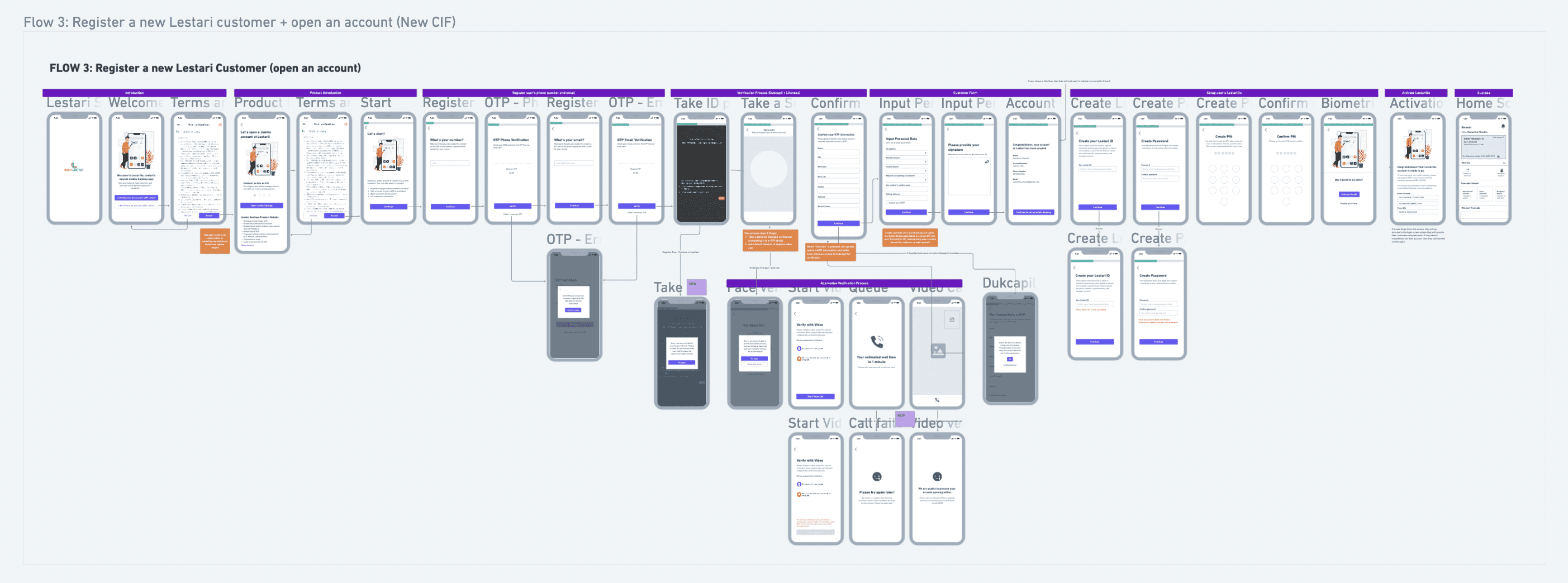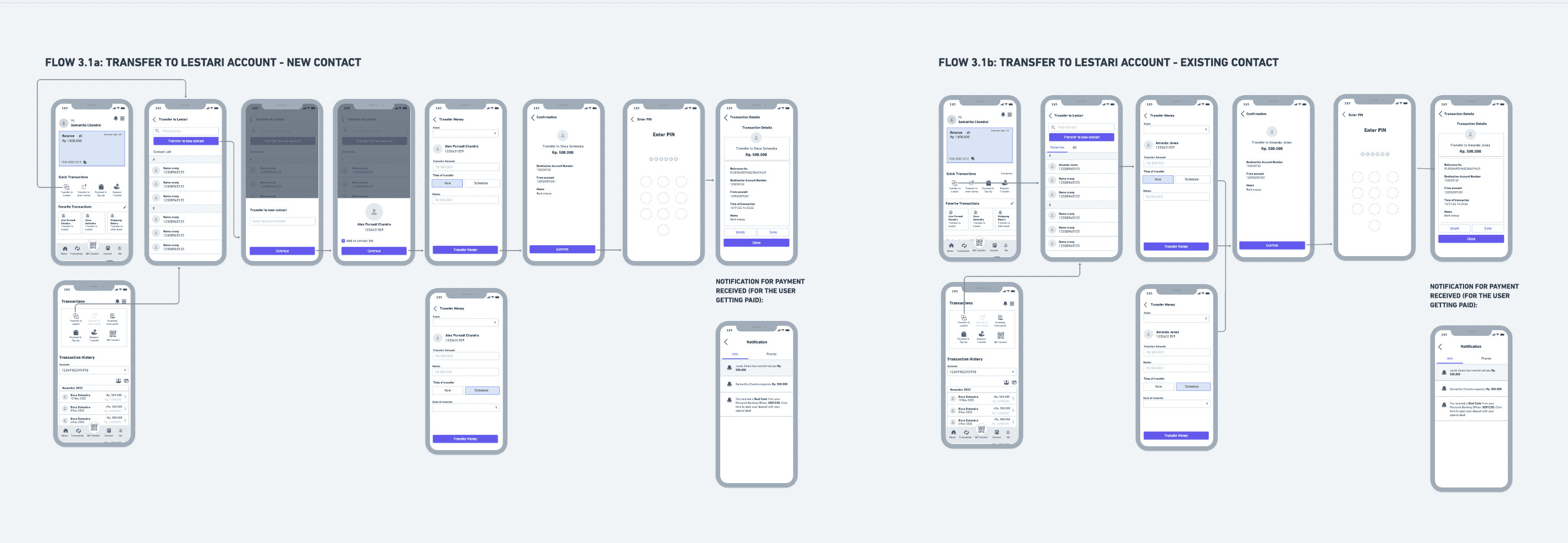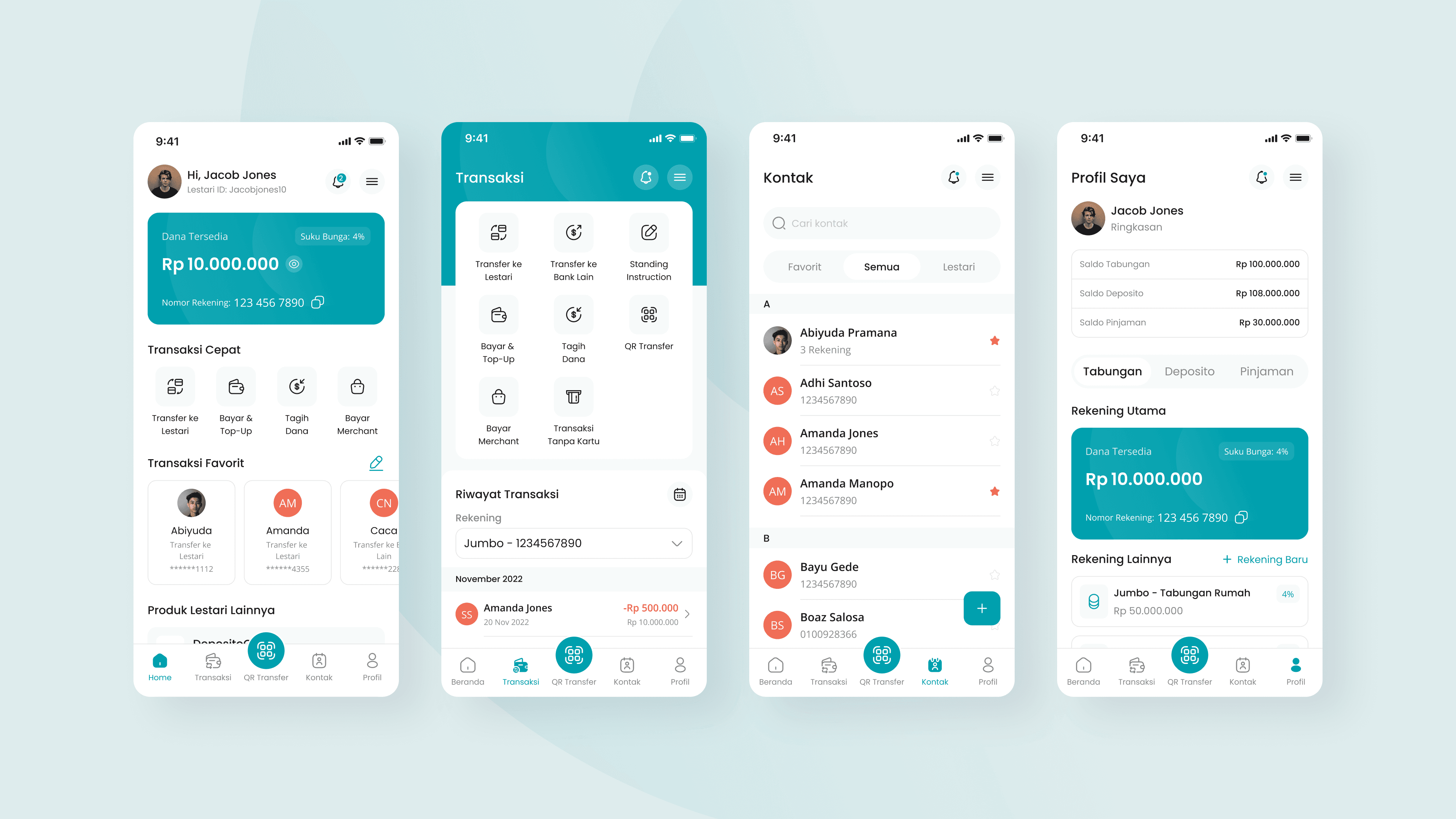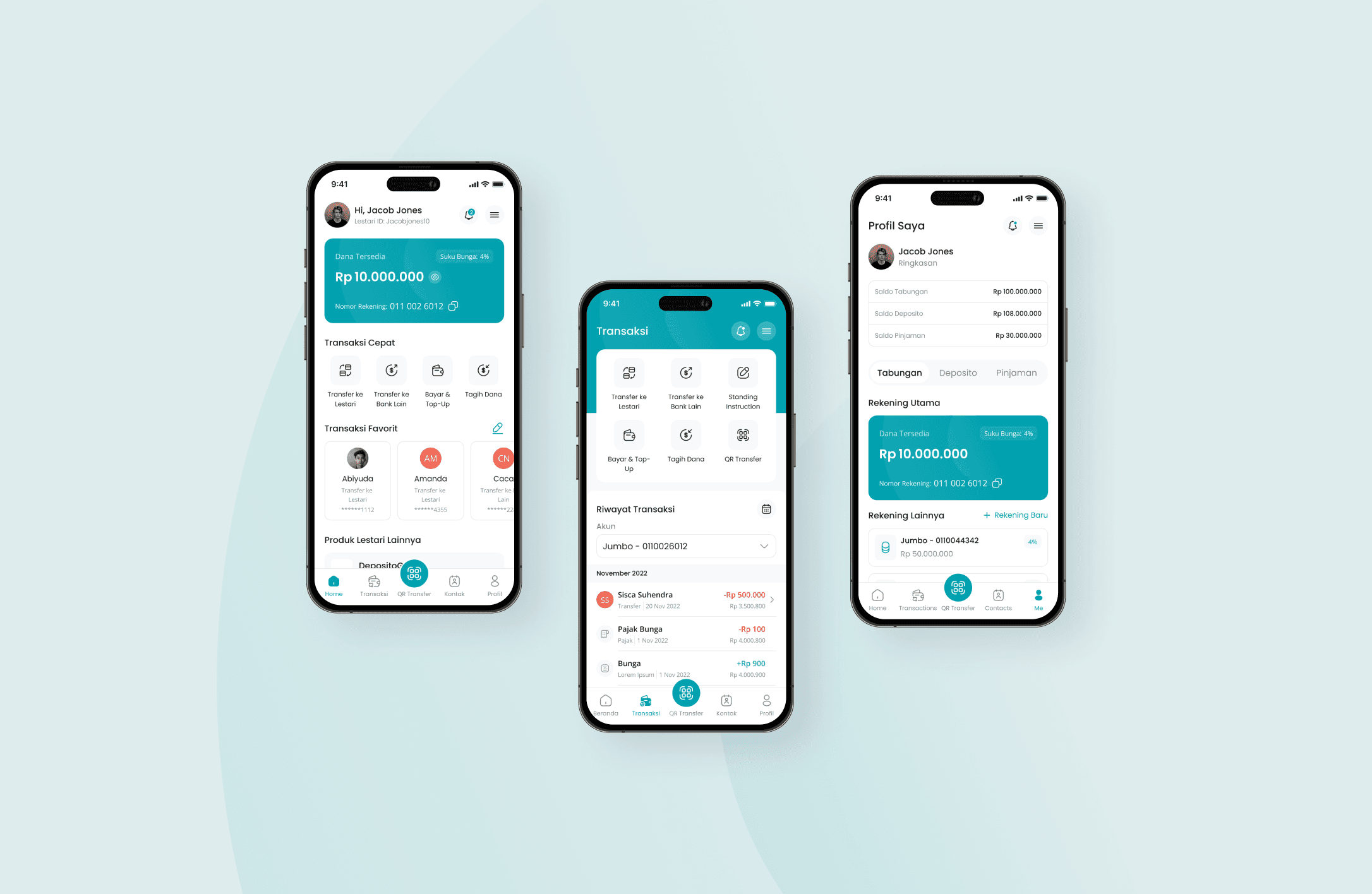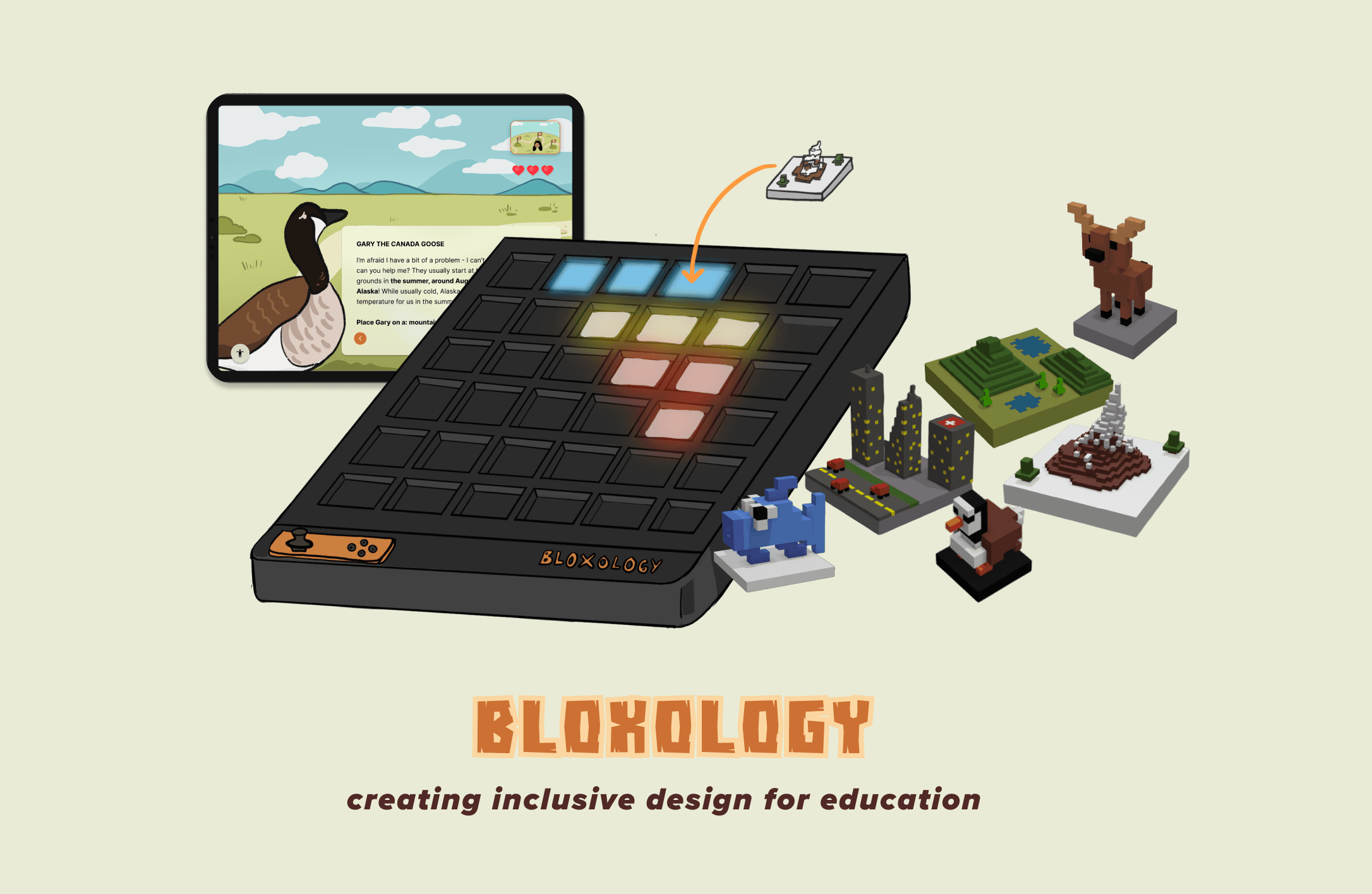As digital banks started to gain popularity in Indonesia, Lestari Bank wanted to reinvent their mobile banking experience to remain competitive and position themselves as a go-to bank for daily transactions. I was brought on as the lead designer, responsible for spearheading the redesign.
With a small design team, I embarked in a one-year journey researching what today's users want in a mobile banking experience, creating concepts that are feasible for Lestari, and delivering a prototype for development.
Indonesian rural banks are designed to serve the local community's needs, including supporting the micro and small-to-medium sized businesses (MSMEs). On the consumer side, rural banks are great for saving because they offer high-interest rates, but they don't usually have much transactional capabilities. So, almost nobody uses rural banks to do daily transactions.
Lestari's leadership believes that the rise of digital banking is an opportunity to "catch up" with the bigger, transactional banks. The competition is no longer about who has the largest ATM network (which is expensive), but who has the better digital capabilities.
However, their current app, LestariMobile, was designed a long time ago and has not been updated since. The outdated UI and the lack of "standard" features like online onboarding alienated the future, younger customer base.
jump to design process
Back to basics: We revamped the UI to match the expectations
of today's generation of users
We shifted to a fully online onboarding process to reduce friction for new users.
We made it as easy as possible for users to do transactions - and maybe a little enjoyable too.
Staying true to Lestari's DNA as a rural bank, we designed a personalized financial dashboard for users so they manage their financial portfolio with Lestari easily.
product strategy 4
Over the past decades, Lestari has created a brand that advocates for financial literacy, and the majority of users create accounts with Lestari for investing/saving purposes specifically. So, we want to empower users achieve their financial goals through clear and digestable access to data.
This project also called for extremely important conversations within the organization beyond the product itself, which really highlighted to me the superpower of the design process:
As part of the work to create a seamless online onboarding process, the design process resulted in:
Implemented improvements at the service call center to address employee pain points + a better experience for customers
Acquisition of new technological capabilities to enable a KYC process
Revisions to the Standard of Procedures (SOP) to be more user-centered
As part of the process of cataloging and representing Lestari's banking products on the app, the design process resulted in:
Strategic leadership meetings to discuss the company's complete product portfolio
Workshops to revisit each product's market positioning, value proposition, and its strategic value to Lestari
Business decision to "split" an existing savings product into two distinct products
read my design process below
PHASE 1: PROJECT PLANNING
01
02
03
184
84
10%
01
02
03
PHASE 3: BRAINSTORMING + WIREFRAMING
initial concepting
brainstorming with core team
final wireframes creation
final review with stakeholders
handoff to UI/visual designers
PHASE 4: HIGH-FIDELITY PROTOTYPING
With our learnings in mind, we began the design of our first product
When working cross-functionally with multiple stakeholders, alignment is incredibly important
Sometimes, all it takes is just to put everyone in the same room (if possible). Things like taking good meeting minutes, transparent communication, and regular touch points become very important.
01
Understanding business and process constraints when working with larger organizations with tight regulations
As designers, it is easy to be idealistic about how the "dream product" would look like. However, designers must also understand real-life constraints that can make ideas unfeasible to implement.
03
With multiple rounds of revisions, changes in decisions can get overwhelming and must be managed
If I were to redo this project again, I would have implemented a better change management system to keep track of decisions, agreements, and changes made to the product.
02
When there is not much time for user research and testing, get resourceful to test validity of ideas
As Lestari had little user research capabilities and time was limited, I relied on internal employees, like customer service agents and business unit managers who could be the voice of future users.



